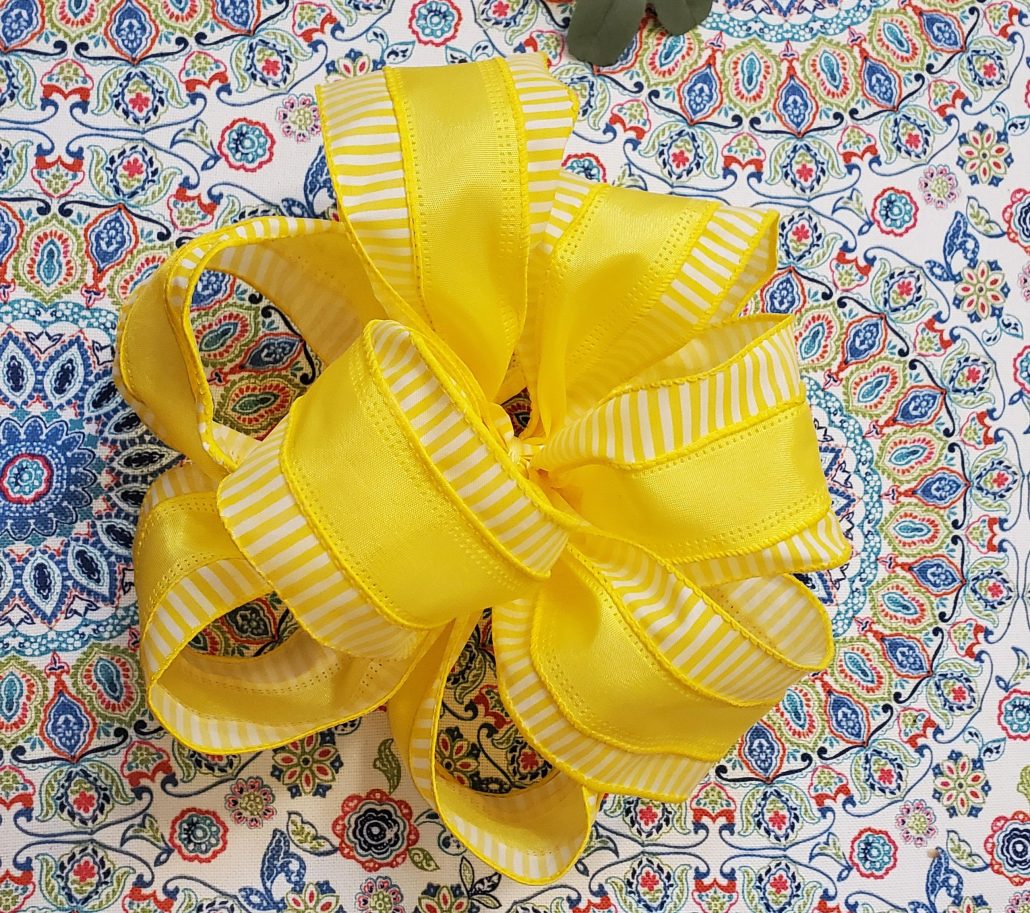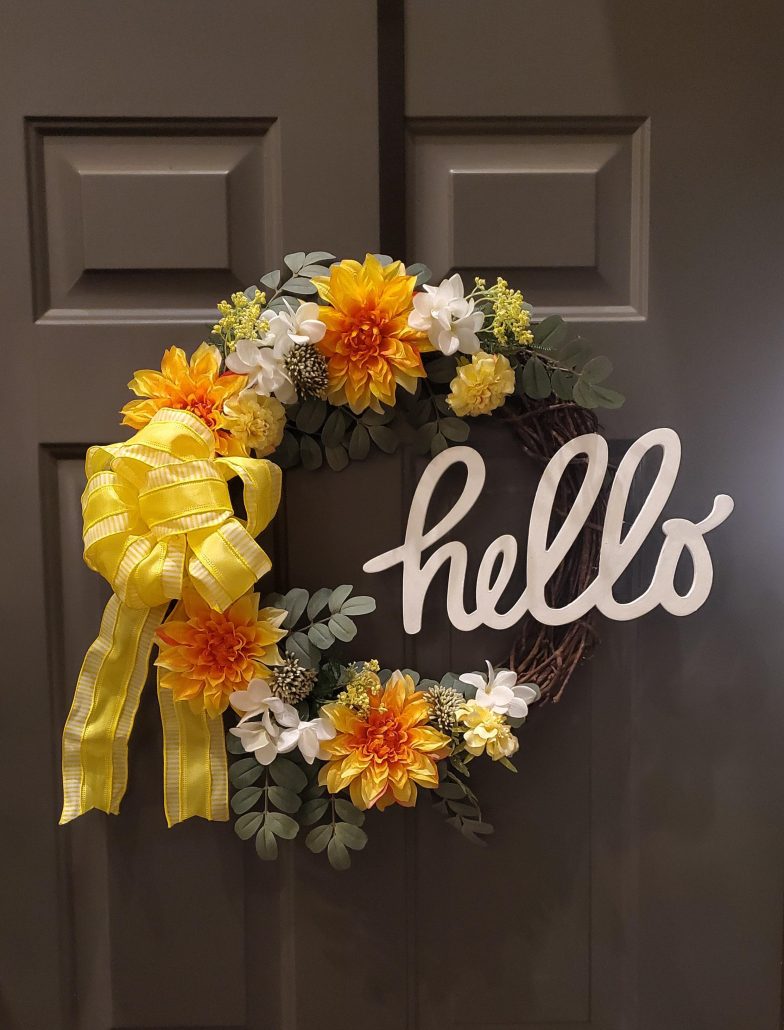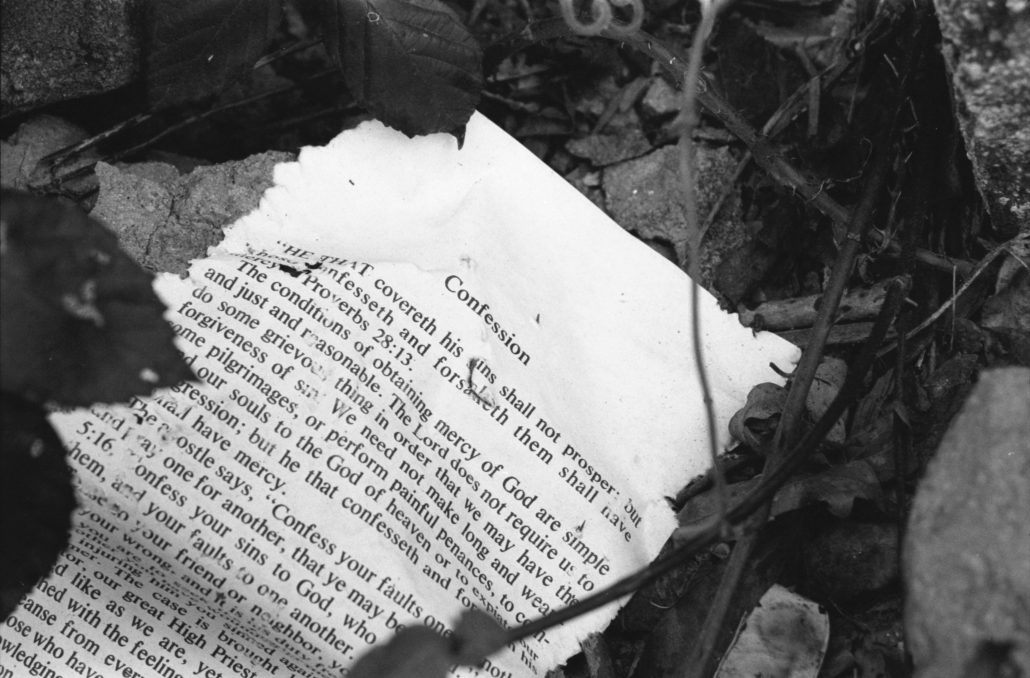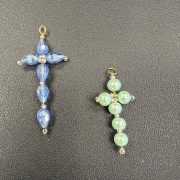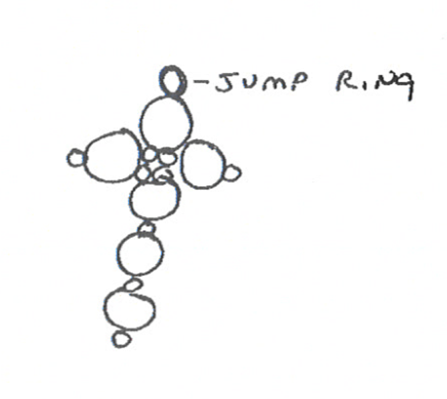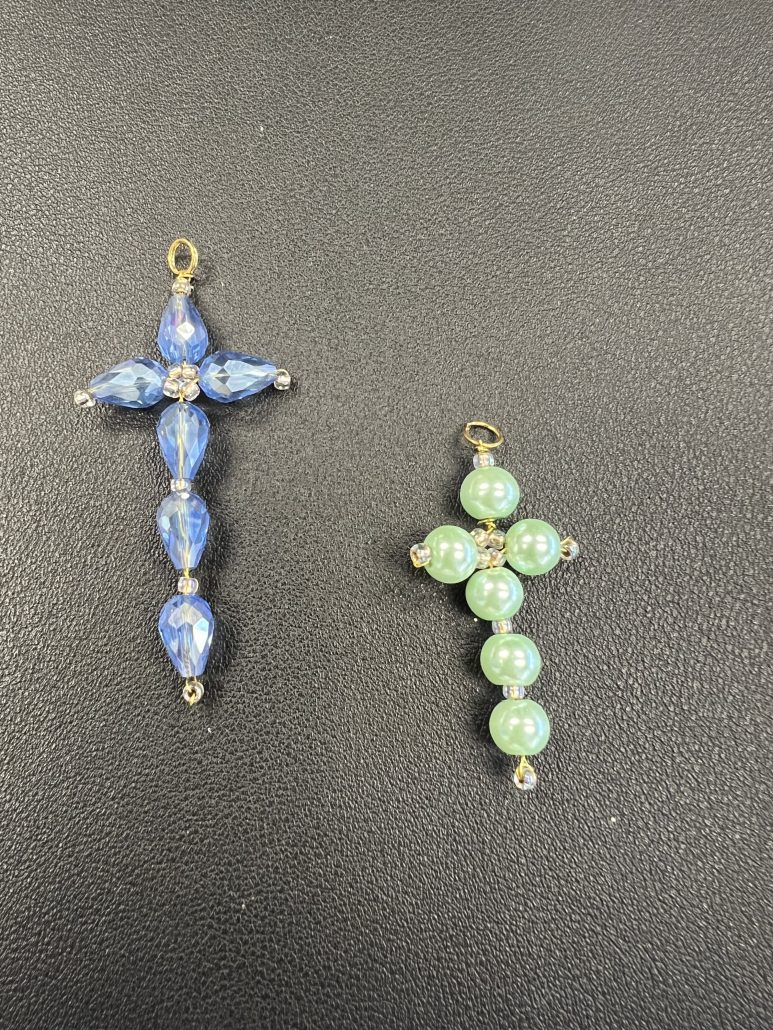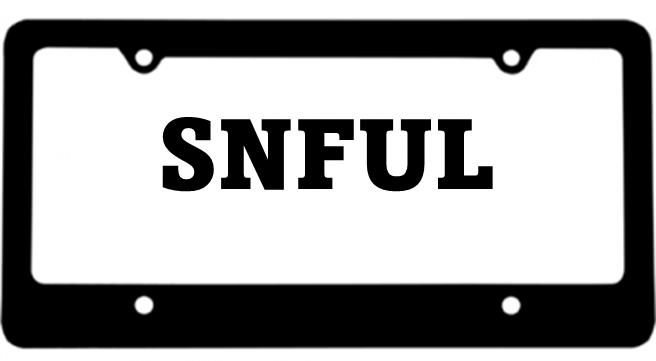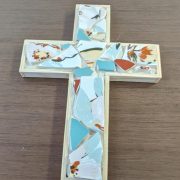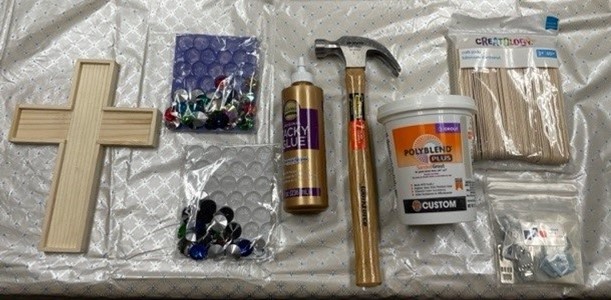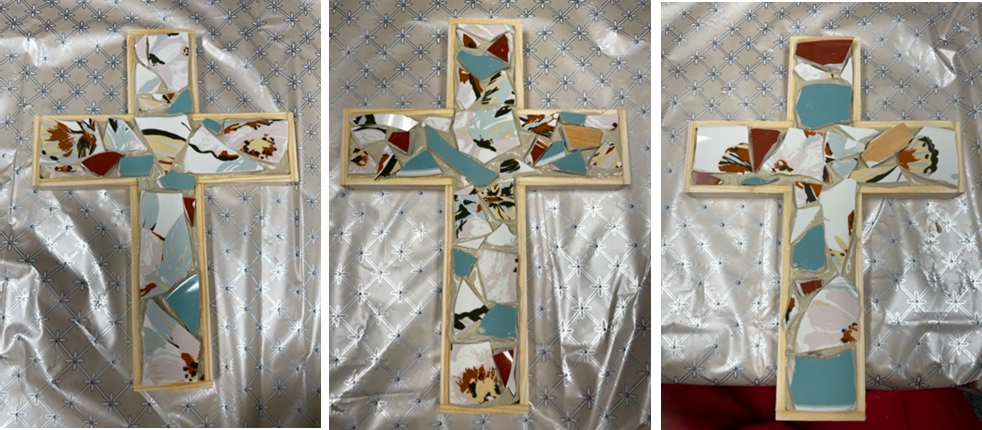By Major Beth Desplancke
A Bible Study on Psalm 32
Open It:
- As a child, when you did something wrong how did you respond? Did you try to cover it up or hide it? Or did you quickly confess what you did? How did you feel when you hid it? How did it feel to confess it?
- If “confession is good for the soul” why do you think so many find confession hard to do?
To confess is to admit guilt, or admit we made a mistake. To be honest, none of us like to admit that we are guilty, or made a mistake. We think it is easier to sweep our sins under the carpet and hide them. As we study Psalm 32, written by David, we will discover that it is better to confess our sins to God and allow Him to forgive us, rather than to try to hide or cover them up.
David is referred to as “a man after God’s own heart (Acts 13:22)” but still had seasons of sin in his life. The most notable is sin regarding Bathsheba (2 Samuel 11). After being approached by the prophet Nathan, David came to confession, repentance and forgiveness. Psalm 32 seems to go hand in hand with Psalm 51, where it is specified that he wrote the psalm after had committed adultery with Bathsheba.
Psalm 32 is a psalm of penitence, but it is also a song of a forgiven soul rejoicing in the wonders of the grace of God. Charles Spurgeon wrote, “Oh the blessedness! The double joys, the bundles of happiness, the mountains of delight” for those who are forgiven.
Explore It:
Read Psalm 32:1-11
- How does David describe the state of the person whose sin is forgiven? How does that make you feel about God’s forgiveness?
Note that there are three words to describe sin in the first 2 verses.
- Transgression means a “crossing a line, defying authority.” It is a rebellion, a refusal to submit to rightful authority. When we sin, we are rebelling against and refusing to submit to the rightful authority of God in our lives.
- Sin means “falling short of or missing a mark,” Romans 3:23 says for all have sinned and fall short of the glory of the God. God has set a target, and when we aim and don’t quite hit the center of the target; we miss the mark. Sin is coming short of that aim which God intended for us to reach.
- Iniquity is from a word meaning bent or twisted. It suggests the perverting of that which is right or erring from the correct way.
David also uses three terms to describe what God does to put away our sin when we come to Him and confess our sins.
- Our sins are forgiven. This means the lifting of a burden or a debt. The payment for the sin has been paid.
- Our sins are covered. There is a cost for sin, and from the very beginning God instituted that shedding of blood to pay for the cost of the sin. The Old Testament sacrificial system emphasized this – a lamb or goat would have to die to pay for the person’s sins. Thankfully, Jesus came as the sacrificial Lamb of God and He died in our place, and His blood covers our sins.
- Our sins are not counted against us. 1 John 1:9 proclaims, “If we confess our sins, he is faithful and just and will forgive us our sins and purify us from all unrighteousness.” They are gone completely. The debt has been paid; you no longer owe it!
- How does David describe the person who receives God’s forgiveness?
- How did David feel when he had unconfessed sin in his life (v. 3-4)? How do you feel when you have unconfessed sin in your life?
- What did David experience/feel when he finally confessed to the Lord (v.5)? Have you had the same experience?
Douglas J. Rumford, in his book, Soul Shaping: Taking Care of Your Spiritual Life (p. 135), writes, “In terms of theology, guilt is my condition after I have violated God’s ways. I have sinned, and I am therefore guilty. Guilt is a fact, regardless of feelings, and we deal with it through repentance, confession, and trust in the sacrifice of Christ.”
He goes on to write (p. 136), “We can think of guilt as the fever of the soul. When we feel guilt, we know we have acted against God, ourselves and others. Our guilt announces the problem. It is like the warning light on the dashboard of a car…When you have a fever, you seek medical help. You neither ignore the fever nor focus on it alone. You treat the root cause, and the fever takes care of itself. God’s strategy in guilt is to stir us to get help, drawing us to himself.”
The dryness and misery David experienced was actually a good thing. His discomfort drove him to confess his sins before God. The moment he confessed, he experienced the freeing of his burden, and the forgiveness of his sin.
- What assurance do we have when we pray (v. 5)?
- How does the Lord protect His people (v. 6-7)? What does the picture of God as our hiding place mean to you?
Sin separates us from God. We want to hide from Him. Think about Adam and Eve in the Garden of Eden. What did they do as soon as they ate from the forbidden tree (Genesis 3:6-8)? They hid from God because of the shame they felt. But when we confess our sin and receive His forgiveness, we need not hide from Him in shame, but can run to Him and experience the safety of knowing that He won’t hold that sin against us.
Charles Spurgeon wrote, “Observe that the same man who in the fourth verse was oppressed by the presence of God, here finds a shelter in him. See what honest confession and full forgiveness will do!”
- What specific advice does this psalm offer to God’s people (v. 8-11)?
- When was a time in your life where you were stubborn and refused to allow God to guide you?
Notice the advice of not being like a horse or a mule. Both animals aren’t easy to guide; they need a bit and bridle and sometimes rigorous training before they are useful to the master. Don’t be like a horse or a mule when it comes to allowing the Lord to guide you. When we refuse to confess our sin, we are a stubborn horse or donkey trying to go our own way. And in our stubbornness, we will not be listening for the Lord’s guidance.
11. What promise did David offer to those who trust in the Lord (v. 10)?
Apply It:
Oh, the joy of forgiveness when we confess our sins. When we come to Him and admit our wrongdoings, and ask for His forgiveness, the Judge of the Universe pounds His gavel and proclaims, “Not guilty! You are free!” Of course, we should be people filled with rejoicing.
- How does psalm 32 reshape your understanding of God’s response to repentance?
- How does Psalm 32 inspire you to foster a more honest relationship with God?
- What behavior or attitude do you need to confess to the Lord today?
- How can you incorporate confession into your daily time with the Lord?
Close It:
As a group, read Psalm 19:12-14 (NLT) as a closing prayer:
How can I know all the sins lurking in my heart? Cleanse me from these hidden faults. Keep your servant from deliberate sins! Don’t let them control me. Then I will be free of guilt and innocent of great sin. May the words of my mouth and the meditation of my heart be pleasing to you, O Lord, my rock and my redeemer.
Download a printable version of the Bible Study:

